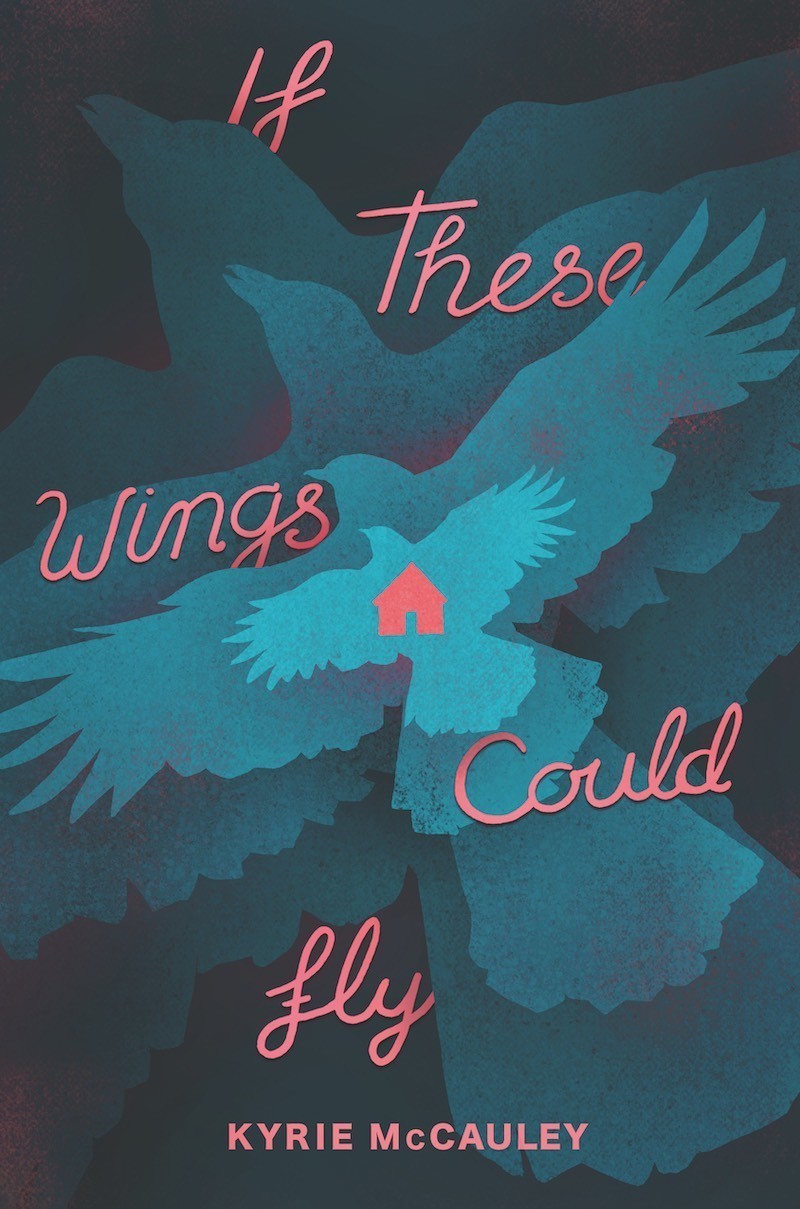Chapter 38
byChapter 38 begins with a chilling description of a barren landscape, littered with the remains of thirty-two dead crows, each arranged in a precise formation as the aftermath of a crow hunt. The cold air is sharp, every breath biting into the narrator’s lungs, intensifying the oppressive atmosphere that surrounds them. The stark contrast between life and death is undeniable, as the lifeless crows are positioned in a way that evokes the feeling of an eerie math problem—an unsettling image of cold, calculated death. Their feathers, once vibrant, now lie scattered across the ground, and their vacant eyes seem to stare out into nothingness, reflecting a profound sense of loss and emptiness. The narrator contemplates the strange communal nature of the crows, pondering whether their individual deaths represent a deeper connection between them—a single entity fragmented into many forms. This thought lingers in their mind, adding an existential layer to the scene, where the loss of life is not just individual but symbolic, a painful reminder of how interconnected life and death truly are.
As the narrator walks through the scene, they begin to count the crows, each number representing another group of lives lost—57, 82, 154. These numbers are not just statistics; they are stark reminders of the fragility of existence, underscoring the vastness of the loss. With each number, the emotional impact deepens, and the significance of these deaths grows. The thought of other crows flying above, possibly observing the grim aftermath of the hunt, makes the narrator uneasy, leading them to reflect on the nature of the birds. They remember Dr. Cornell’s theory that crows mourn their dead, and this insight forces the narrator to ask a disturbing question: Do these birds understand the violence that has been wrought upon them? This question lingers, darkening the scene, as the narrator grapples with the unsettling idea that the crows may not just be passive victims but are capable of mourning and understanding their loss. The emotional weight of the scene is magnified, not just by the act of the hunt, but by the thought that the crows themselves may feel the full impact of their demise, adding a layer of grief and awareness to the otherwise cold and detached violence of the hunt.
The chapter continues to explore the emotional complexity of the scene, layering feelings of fear, sorrow, and reflection on death. The imagery of the dead crows becomes a meditation on mortality itself—life being interrupted by violence in ways both physical and psychological. The narrator is reminded of other lost lives, their thoughts drifting to the haunting image of girls trapped in a crawl space. This connection between the dead crows and the hidden, unresolved trauma of the past creates a sense of perversion and unease, as the narrator contemplates the fragile nature of life. These thoughts draw a parallel between the visible violence in the hunt and the hidden violence of past experiences, making the reader confront uncomfortable truths about the way death and suffering are intertwined. The crows’ lifeless bodies symbolize not just the end of individual lives but also the broader, more pervasive effects of violence on the human psyche and the environment. The chapter forces a confrontation with the often unseen consequences of death, the way it ripples through life and alters the world in ways that cannot always be seen or understood.
In this moment, the dead crows are no longer just animals caught in the crossfire of a hunt. They become symbols of the larger human experience—death, loss, mourning, and the consequences of violence. Through the imagery of the crows and their tragic end, the narrator invites readers to reflect on the fragility of life and the often invisible marks left by death. The haunting visuals of the birds scattered across the landscape act as a grim reminder of how life is constantly interrupted, whether through external violence or internal struggles. The chapter is not just a recounting of a hunt but a deeper exploration of mortality, the emotional scars left by trauma, and the complex ways in which individuals and communities experience and process loss. The idea of mourning, both by the crows and the narrator, offers a poignant commentary on the shared nature of grief, reminding readers that death, in its many forms, is something everyone must confront, whether directly or through the lens of others’ suffering. Through the reflections of the narrator, the chapter calls for a deeper understanding of the impact of death—not just on the individual but on the broader web of existence, creating a powerful meditation on life’s transience and the unsettling reality of its fragility.

